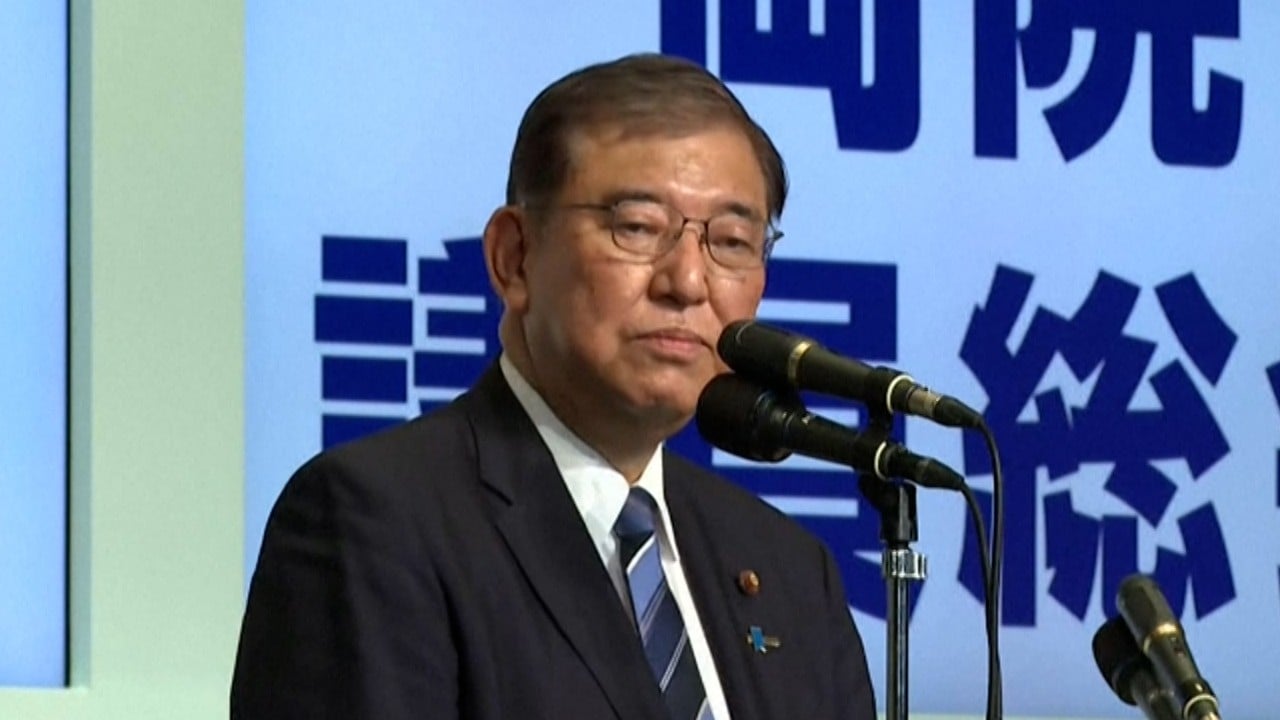As Japan’s ‘Asian Nato’ push to counter China hits a brick wall, will a rebrand revive it?
Shigeru Ishiba’s call for a Nato-like alliance looks dead in the water without US support. But analysts say it could still make a comeback

As a self-described “military geek”, the new Japanese leader is expected to bolster Japan’s defence capabilities and introduce innovative security strategies.
“Ishiba will invest more in minilateral partnerships to provide focused security and other forms of cooperation,” said Stephen Nagy, an international-relations professor at Tokyo’s International Christian University.
He suggested revamping Japan’s alliance with the US by establishing an “Asian Nato” in a paper submitted to the Hudson Institute last month – even proposing stationing Japanese troops on American soil to deter Chinese military aggression.
